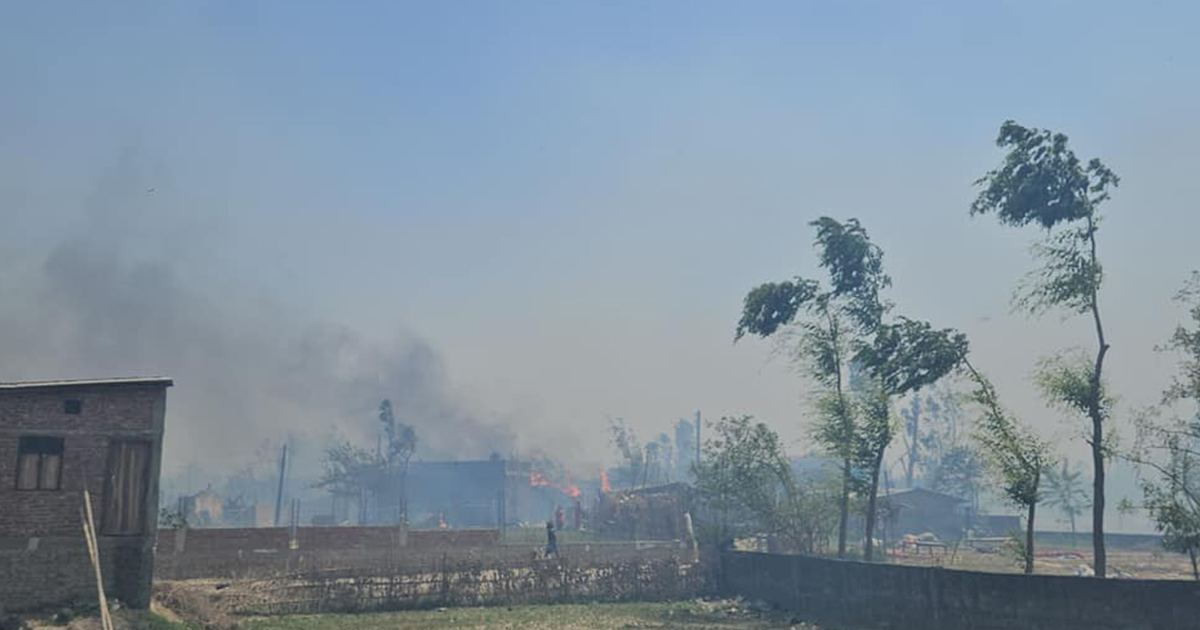
OR
National party threshold
It is hard to understand why the three percent threshold provision that was incorporated in the 1990 constitution was removed, first in the Interim Constitution (2007) and then in the new constitution (2015). With no threshold for election of political parties into parliament, 30 different political parties were elected into the second Constituent Assembly in 2013—five more than were elected in the first CA election in 2008. With so many parties represented in the legislature, the national polity was badly fractured. The big parties, in their bid to form government, had to give ministerial berths to parties with just one or two seats. And once the government was formed, it would be even more difficult to hold such unwieldy coalitions together. As leaders of small parties found themselves in the role of kingmakers, they started making all kind of questionable demands of big parties, including for lucrative ministries; anecdotal evidence suggests that a lot of money also routinely changed hands in this dirty horse-trading for power. Lack of threshold is thus one reason behind continued instability and political corruption.
We believe around three percent threshold for election as a national party is just about right. It is not too big to severely limit people’s choices, but it is also not too small to needlessly pack the parliament with a legion of political parties whose varied interests severely hamper governance. This is why all established democracies practicing proportional representation have certain election thresholds. The small parties in Nepal argue that such thresholds are anti-democratic as they work in the interest of certain big parties and deny representation to a significant section of the electorate.
But this line of argument would be a lot more credible if the smaller parties that are now represented in the parliament offered credible alternatives to the national agendas being offered by the major parties. But many of these parties have no agenda whatsoever and have clearly been formed in the personal interest of a handful of politicians who saw no other way to get into the parliament, with all its attendant benefits. In fact, it is hard to think of a single benefit for the country from the presence of so many parties in parliament.
The major parties have sizable presence in parliament because they represent the wishes and aspirations of significant sections of Nepalis, which is precisely how it should be in a functioning democracy. This does not mean that minority voices should be ignored. In fact, even the three percent threshold allows for adequate representation of political parties from every significant economic and social stratum. Moreover, even our major parties like Nepali Congress and CPN-UML are these days lot more inclusive than was the case even a decade ago. This is why it is in the country’s interest to entrust national polity to three or four major political players, with a few other parties representing alternative views. The threshold will encourage this trend as it will encourage smaller parties with common interests to merge. The reason the Nepali polity is so fragmented right now has nothing to do with the diversity of agenda the plethora of political parties supposedly champion. It is purely an outcome of self-serving personality-driven politics.
You May Like This

Anil Gurung looking to retire with 50th cap
KATHMANDU, Nov 14: Anil Gurung is taking retirement from the national team duty after the clash against the Philippines on Tuesday. Read More...

Spread cap to bring interest rate of MFIs down: Shiwakoti
KATHMANDU, Aug 13: Nepal Rastra Bank (NRB) Deputy Governor Chintamani Shiwakoti has said that the central bank would review the... Read More...

Bankers revive call for scrapping interest spread cap
KATHMANDU, June 30: Bankers have revived calls for scrapping five percent interest spread that NRB imposed on bank and financial institutions... Read More...

Just In
- World Malaria Day: Foreign returnees more susceptible to the vector-borne disease
- MoEST seeks EC’s help in identifying teachers linked to political parties
- 70 community and national forests affected by fire in Parbat till Wednesday
- NEPSE loses 3.24 points, while daily turnover inclines to Rs 2.36 billion
- Pak Embassy awards scholarships to 180 Nepali students
- President Paudel approves mobilization of army personnel for by-elections security
- Bhajang and Ilam by-elections: 69 polling stations classified as ‘highly sensitive’
- Karnali CM Kandel secures vote of confidence


















Leave A Comment